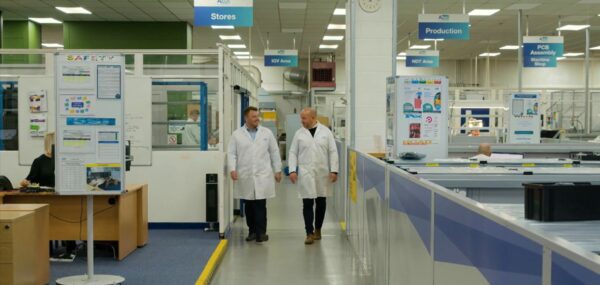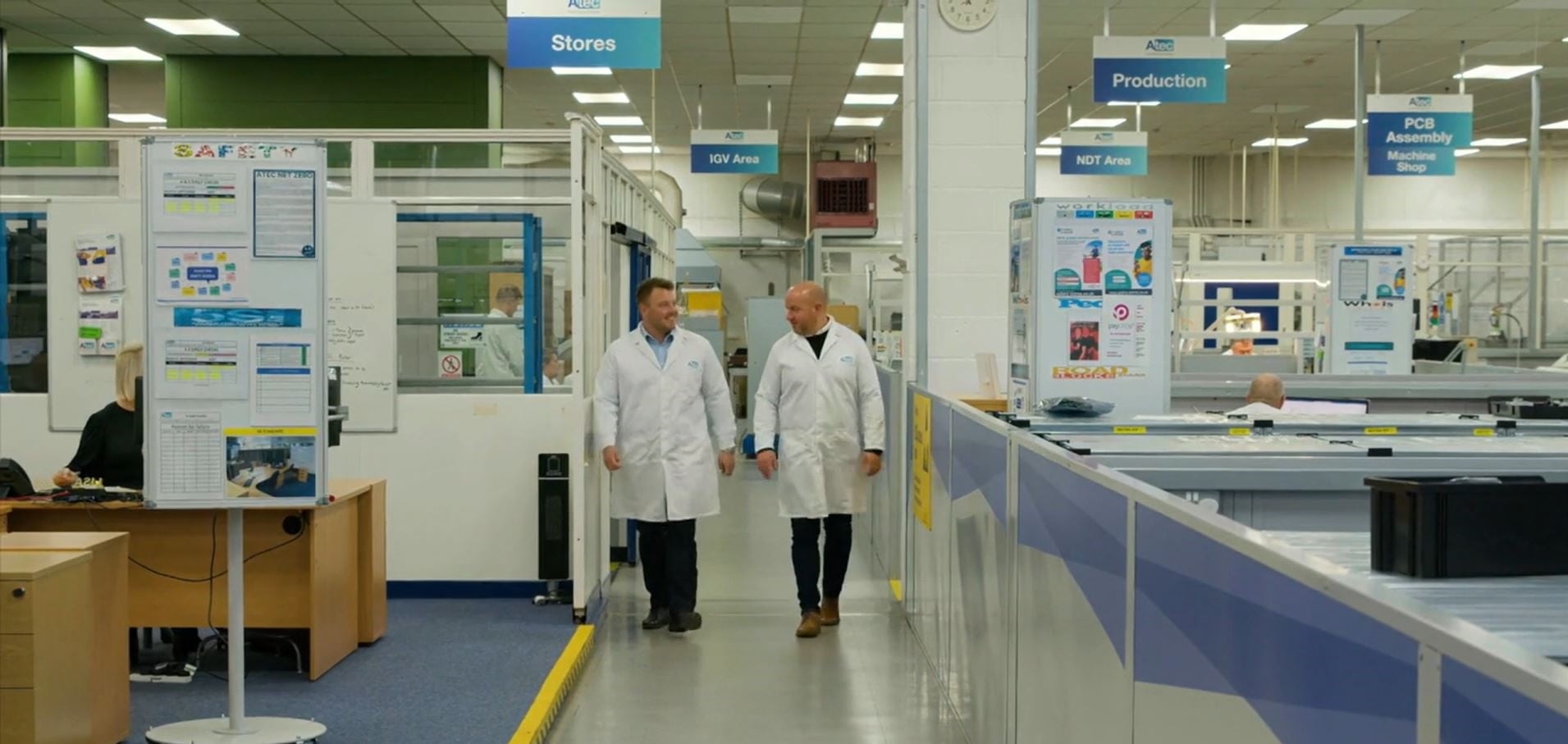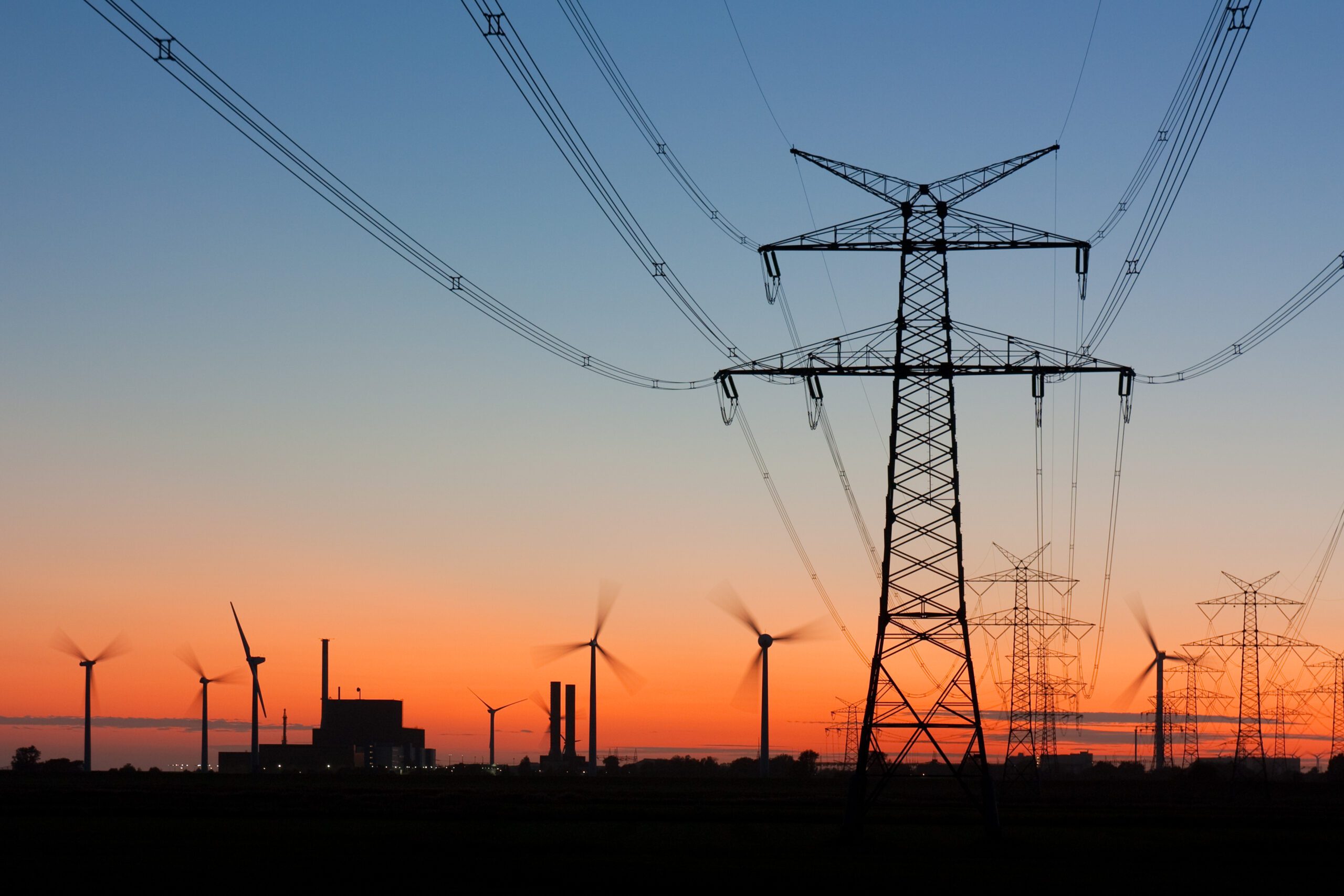
Businesses are increasingly setting targets to become carbon neutral or reach net-zero emissions, but most would simply be unable to operate without creating any carbon emissions. In order to achieve carbon neutrality or net-zero, these organisations will therefore need to find a way to balance out their residual carbon emissions by removing the same volume of emissions from the atmosphere that they create – but before they do so, it’s important to consider the most sustainable way to reach their goals.
Many organisations currently try to achieve carbon-neutral status through carbon offsetting, in which they finance a carbon reduction project to remove as much carbon from the atmosphere as they need to ‘offset’ their residual emissions. They might plant trees to absorb their CO2 emissions, for example, or invest in a renewable generation project. These projects are often located in developing countries and have no links to the organisation aside from their financial support.
But it’s important to note, carbon offsets can only be used to become carbon-neutral. To become net-zero, offsets can be used to take responsibility for emissions whilst an organisation works towards reducing its emissions by 90%, but then only carbon removal (not offsets!) can be used for the last residual emissions of up to 10%.
Residual emissions refer to the emissions that cannot be reduced, due to technology not existing for example. So residual is not an organisations whole emissions, just the remainder they can’t influence at the moment.
In 2006, just 8.8 million tonnes of CO2e were covered by carbon offsetting schemes, but by 2017, this figure had risen to 62.7 million tonnes. Carbon offsetting is clearly popular – but is it the right route to go down?
Offsetting will become outdated
For many businesses, offsetting is currently cheaper than making further emissions reductions in their own value chain, as the carbon credits they purchase to cover their emissions cost around $3-5t/CO2e. Over the coming years, demand for carbon credits is expected to rise five- to ten-fold as more businesses turn to offsetting to achieve their goals. It’s therefore predicted that carbon credit prices could reach $50 per metric ton by 2030, which means offsetting will become an increasingly expensive way for businesses to reduce their emissions.
Businesses that choose to offset their emissions, rather than focus on reducing their carbon footprint further, are also facing questions from their stakeholders. Both customers and shareholders are beginning to probe this practice and its implications for the planet, as offsetting may not be as sustainable as it seems. While an organisation may be removing as many emissions from the atmosphere as they create, there are concerns that businesses and governments may rely too heavily on offsetting as a means of achieving their goals, rather than trying to reduce their emissions further. As Greenpeace UK argues, “Purchasing offsets can be seen as an easy way out for governments, businesses and individuals to continue polluting without making changes to the way they do business or their behaviour.”
These issues surrounding offsetting prompted the Climate Change Committee (CCC) to advise the UK Government that no more than 5% of emissions should be offset internationally in order to reach their net-zero target. It’s likely that businesses that wish to avoid being accused of greenwashing, and the reputational damage it can cause, will also seek a more sustainable alternative to offsetting.
Introducing carbon insetting
Those looking to make a real impact on their emissions and enhance their environmental credibility are turning to carbon insetting – investing in carbon reduction projects within their own supply chain. Unlike carbon offsetting, in which projects have no connection to the business in terms of geography or supply chain, carbon insetting enables businesses to build stronger relationships with their suppliers by working with them to reduce the indirect emissions they produce throughout the supply chain.
Insetting is already gaining momentum among some of the UK’s leading businesses.
The Co-op is already investing to help their suppliers to become more climate resilient by implementing a programme designed to involve young people in the coffee value chain in their Co-operative Society in Kenya. DHL also recently called for logistics companies to get behind carbon insetting in order to drive decarbonisation in the sector, with their CEO of Global Forwarding Freight, Tim Scharwarth stating, “In the long-term, greater decarbonisation of transport is key to driving positive change. Future-proofed logistics companies should think now about developing a stringent insetting strategy.”
If you’re completely new to carbon insetting, Inspired Energy’s Director: Energy Intensive Clients Nick Campbell delivered a bitesize briefing during our recent OnDemand event which will tell you all you need to know. Catch up here.
It’s not hard to see why businesses are beginning to shift from offsetting to insetting. Although both require investment, insetting ensures that the investment stays within the organisation’s value chain. By working with their suppliers, rather than investing in a separate project, businesses can identify emissions reductions opportunities that create shared value for everyone involved. With many organisations now setting Sustainable Development Goals (SDGs), they can also ensure that the projects they implement are closely aligned with their chosen SDGs and make a tangible impact on the communities in which they operate.
As supply chain emissions are classed as a business’s Scope 3 emissions under the Greenhouse Gas (GHG) Protocol, organisations that undertake carbon insetting projects can also reduce their Scope 3 emissions. Businesses that have been focused on improving their carbon footprint for some time are now finding that their Scope 3 emissions account for the majority of their overall footprint. Organisations like Pepsi and BT have both stated recently that their Scope 3 emissions now represent 90% or more of their total GHG emissions. For businesses like these, carbon insetting will go much further to helping them achieve their goals than carbon offsetting, as it gives them the opportunity to lower their Scope 3 emissions by implementing carbon reduction strategies throughout their supply chains.
Getting ahead of the crowd
Ultimately, carbon insetting can bring a number of benefits to businesses that carbon offsetting simply cannot provide. So while carbon offsetting may need to be used as a last resort for unavoidable residual emissions, insetting is a much more effective way for businesses to cut their Scope 3 emissions, boost their environmental creds and make a tangible, positive impact on the communities they and their suppliers operate within.
Organisations considering carbon insetting can access full support from Inspired’s experts through our Carbon Optimisation Service – to find out more email [email protected].










